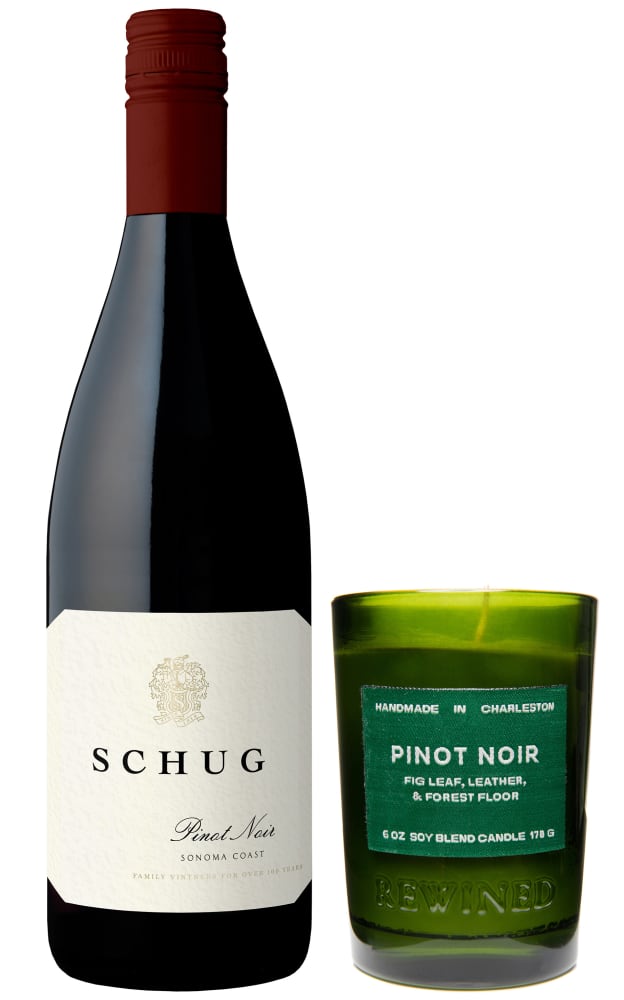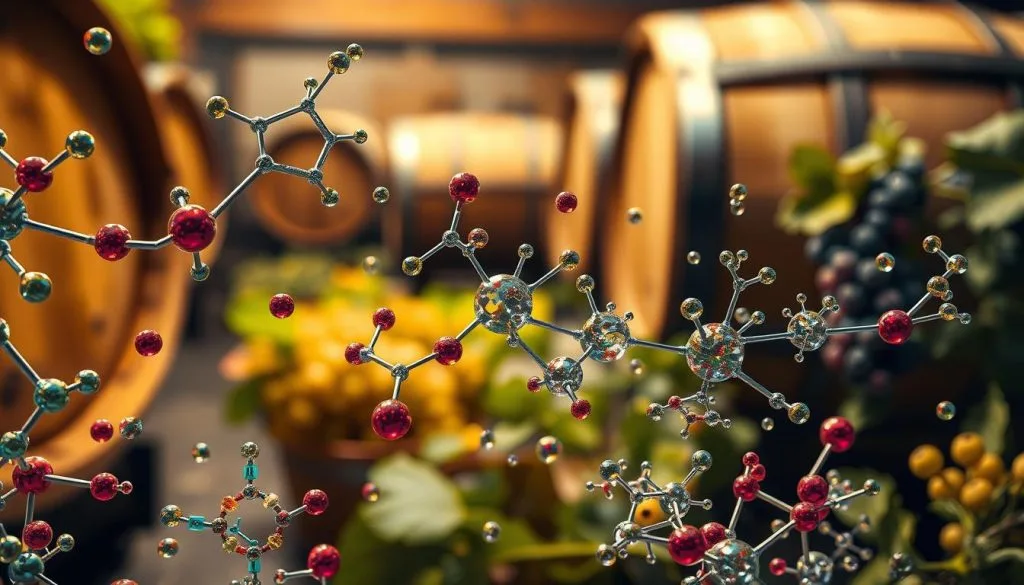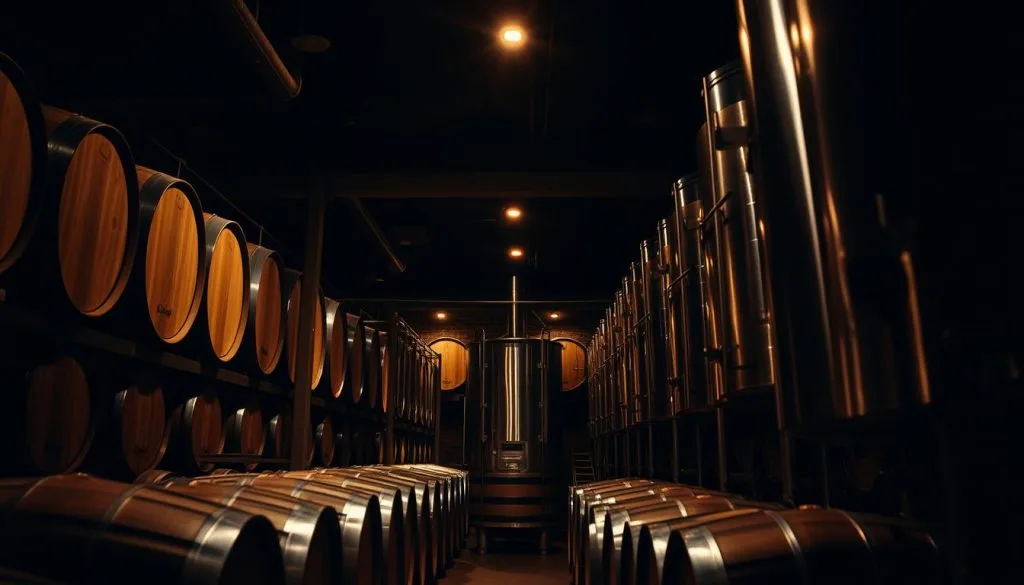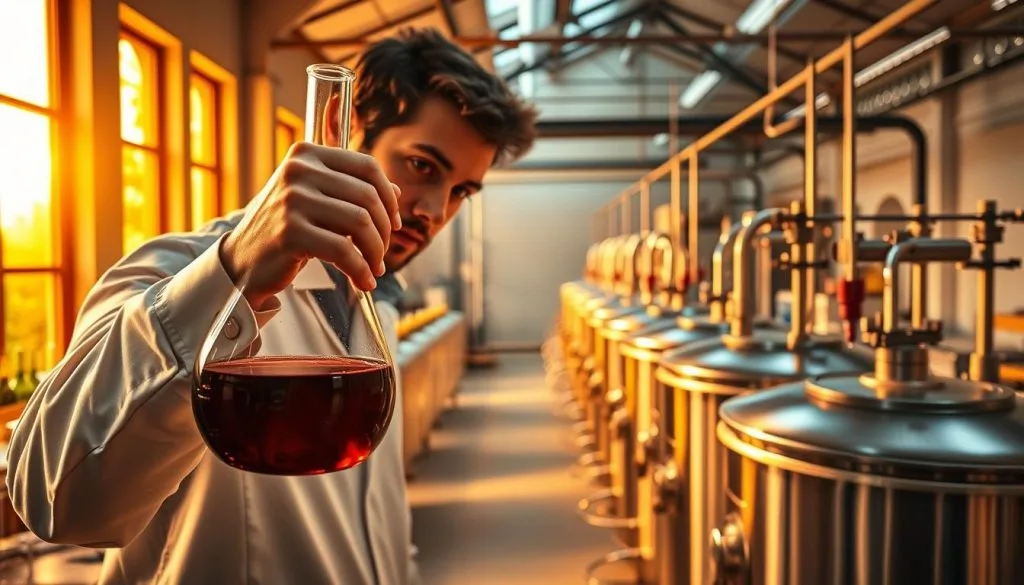This post may contains affiliate links. Read our full disclosure here.
Imagine transforming sweet grape juice into complex liquid poetry. That’s exactly what happens when yeast – nature’s tiny alchemist – goes to work in wine production. This biochemical tango turns sugar into alcohol, creating flavors as layered as a Beyoncé album.
Quality grapes are the OGs here. Their sugar content becomes the fuel for yeast strains that could rival a DJ’s playlist – each variety spinning different aromatic beats. Temperature control acts like a bouncer, keeping the party vibes between 70-75°F to prevent flavor disasters.
Modern winemaking blends lab coats with dirt-under-the-nails craftsmanship. Primary fermentation kicks off the show with foam and fury, while secondary stages refine the mix like a master editor. The result? Bottled magic that captures a vineyard’s essence.

Ready to decode how tart juice becomes that perfect Cabernet? We’re breaking down the science behind the sip – no chemistry degree required. Let’s dive into the not-so-secret ingredient that makes every glass pour-worthy.
Introduction to Winemaking and Fermentation
At the heart of every great bottle lies a microscopic dance party. This microbial dance party transforms humble fruit juice into liquid luxury through biochemical magic. Without this alchemy, your Friday night Pinot Grigio would taste like Capri Sun with commitment issues.
Understanding the Role of Fermentation in Wine Production
Think of yeast as nature’s sommelier – it curates flavors by converting grape sugars into alcohol. But here’s the plot twist: the quality of those sugars matters more than their quantity. Premium grapes bring balanced acidity and sugar content that could make a pastry chef jealous.
Modern vintners play mad scientists with two approaches. Some trust wild yeast strains (the free-spirited hippies of microbiology), while others use lab-cultured varieties (the Marie Kondo of fermentation). Each method spins different flavor profiles – like choosing between a vinyl record and a Spotify algorithm.
Why Grape Quality and Yeast Matter
That $50 bottle? It started with grapes pampered like Instagram influencers. Thick skins, perfect ripeness, and ideal sugar levels create the VIP section for yeast performance. Temperature control acts as the bouncer – too cold and the party fizzles; too hot and it turns into a flavor dumpster fire.
Malolactic fermentation sneaks in later like a stealth editor, particularly for white wines. It swaps tart malic acid for creamy lactic acid – imagine turning a sharp lemon zinger into smooth crème brûlée. This secondary process explains why your Chardonnay tastes like buttered toast rather than Sour Patch Kids.
The Fermentation Process of Winemaking Explained
Picture a molecular rave where sugar gets remixed into liquid gold. This biochemical glow-up transforms grape juice into something worthy of a sommelier’s Instagram story. At its core? A chemical formula as iconic as Beyoncé’s discography: C6H12O6 → 2C2H5OH + 2CO2. Translation: sugar becomes alcohol and carbon dioxide – nature’s ultimate power couple.

The Chemical Reactions: Sugar to Alcohol and More
Yeast works like a molecular DJ here, spinning glucose into ethyl alcohol and CO2. But the real magic happens backstage. As temperatures hit that sweet 70-75°F zone, these single-celled maestros pump out flavor compounds like esters (think: floral notes) and acetaldehyde (that green apple zing). It’s why your Sauvignon Blanc smells like a tropical vacation.
Red wine gets its signature hue through a boozy makeover. Alcohol acts as a solvent, making grape skins bleed color like a Billie Eilish track bleeds emotion. Meanwhile, tannins – those mouth-drying rockstars – hitch a ride into the mix, creating structure that could rival a Manhattan skyscraper.
When the party winds down, spent yeast cells crash at the bottom like hungover revelers. This microbial graveyard (called “lees”) becomes secret sauce for texture. Savvy winemakers might let the wine bathe in these remains, adding creamy complexity without a single dairy product.
This alchemy isn’t just science – it’s controlled chaos. Modern vintners toggle between nature’s wildcard reactions and lab-grade precision. The result? Every sip becomes a liquid passport to the vineyard’s terroir.
Techniques, Vessels, and Temperature Control
Choosing a fermentation vessel is like picking an outfit for a first date—it defines the personality. While yeast does the heavy lifting, the container shapes the wine’s swagger. From oak’s smoky whispers to steel’s clinical precision, every material leaves fingerprints on the final blend.

Impact of Fermentation Vessels: Oak, Stainless Steel, and Beyond
Oak barrels are the leather jackets of winemaking—they add vanilla undertones and spice like a Kardashian adds drama. These porous vessels let oxygen flirt with the liquid, softening tannins and creating flavors that linger like a mic drop. Perfect for bold red wines craving complexity.
Stainless steel? Think crisp white button-down vibes. Its non-reactive surface locks in bright acidity and fruit-forward flavors, ideal for Sauvignon Blancs that taste like a tropical vacation. New-school alternatives like concrete eggs offer textural intrigue—imagine sipping wine sculpted by geometry.
Balancing Temperature, Timing, and Flavor Extraction
Heat management separates amateurs from pros. Reds party hard at 80-100°F, extracting color like Instagram filters on steroids. Whites chill at 42-50°F, preserving zesty freshness. “Timing is everything,” says a Napa winemaker. “Three extra days can turn ‘subtle’ into ‘overbearing’ faster than a Twitter feud.”
Practical techniques rule here. Punch downs work like a gentle massage—keeping grape skins submerged without oxygen drama. Pump-overs? They’re the CrossFit of extraction, forcing bold flavors out through sheer intensity. Both methods ensure consistency, because nobody wants a bottle that’s all vibe, no structure.
Mastering these variables is just the opening act—stay tuned for the headliner techniques in our next pour-tastic chapter.
Enhancing Wine Flavor and Quality Through Fermentation
Great wine isn’t made – it’s conducted. Like a maestro balancing an orchestra, winemakers harmonize microbial symphonies to craft liquid art. The secret? Treating fermentation as both science and improv jazz session.

Yeast Playlists & Acid Remixes
Natural yeast biodiversity works like a Spotify algorithm for flavor. Wild strains add funky bass notes, while cultured varieties deliver crisp high hats. Savvy vintners blend both – think Beyoncé meets Billie Eilish in a vineyard.
Malolactic fermentation is the ultimate glow-up. It swaps mouth-puckering malic acid (think Granny Smith bite) for smooth lactic vibes (imagine buttered brioche). This backstage process turns sharp whites into creamy headliners.
Tannin Extraction: Skins in the Game
Red wine gets its swagger from grape skins’ tannins. Temperature is key – 80°F baths pull color and structure like espresso shots. Too hot? You’ll extract bitterness faster than a TikTok drama unfolds.
Pro techniques:
- Punch downs: Gentle skin immersion (think tea steeping)
- Pump overs: Flavor extraction on steroids
- Oak barrels: Adding vanilla whispers during aging
Consistency Hacks for Liquid Gold
Top winemakers swear by three rules:
- Monitor sugar levels like crypto prices
- Keep temps tighter than skinny jeans (70-75°F ideal)
- Test acidity more than a TikTok filter
“Your finished wine is only as good as your cleanest tank,” says a Napa veteran. Regular racking at 1.030 gravity prevents flavor muddiness – because nobody wants a murky Merlot.
From vineyard to cellar, every step refines the liquid narrative. The result? Bottled poetry that dances between lab precision and nature’s wildcard.
Conclusion
Every wine bottle holds a liquid time capsule – grape juice transformed through calculated chaos. From vineyard to cellar, the journey blends microbiology with mad-scientist creativity. Yeast acts as both chemist and conductor, turning sugar into alcohol while spinning flavor notes like a Grammy-winning producer.
Modern winemakers wield tools ranging from oak barrels to steel tanks, each vessel imprinting signature textures. Reds gain velvet depth through extended skin contact, while whites shine with crisp purity. Strategic aging polishes rough edges, proving time is the ultimate flavor enhancer.
This craft thrives on tension – wild yeast spontaneity versus lab precision, ancestral techniques versus infrared sensors. The result? Wines that taste like geography lessons with benefits. Whether it’s a buttery Chardonnay or bold Cabernet, every sip whispers secrets of soil, climate, and human ingenuity.
Ready to join the liquid revolution? Follow @Wine101 for deep dives into winemaking’s rebel spirit. Because life’s too short for bad wine – and curiosity pairs perfectly with Merlot.




